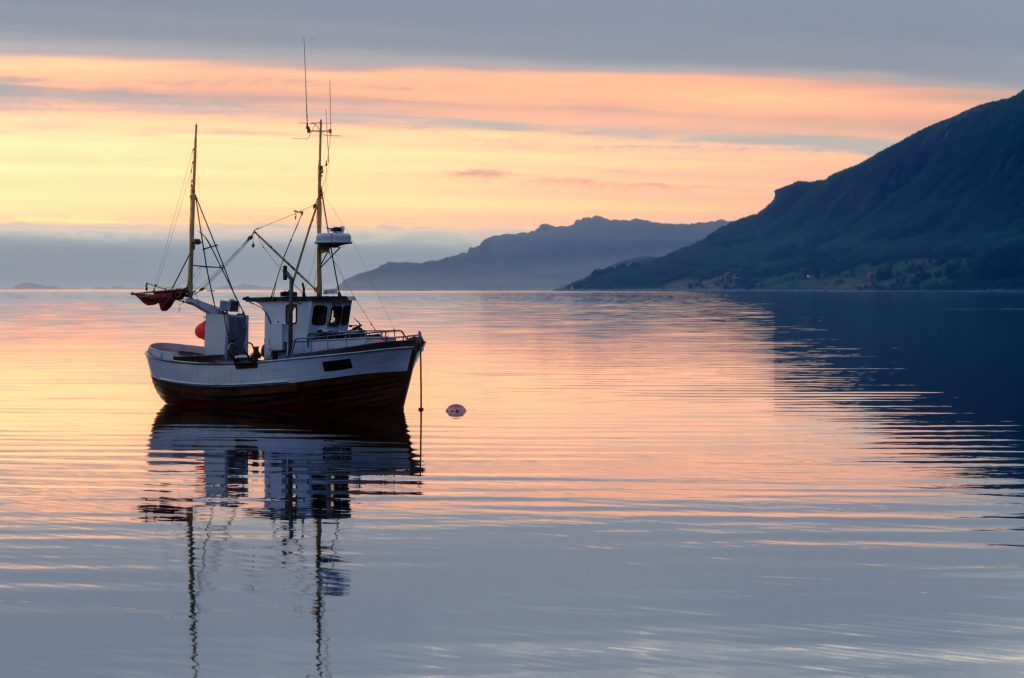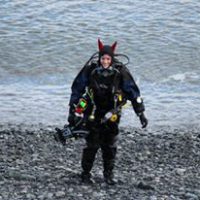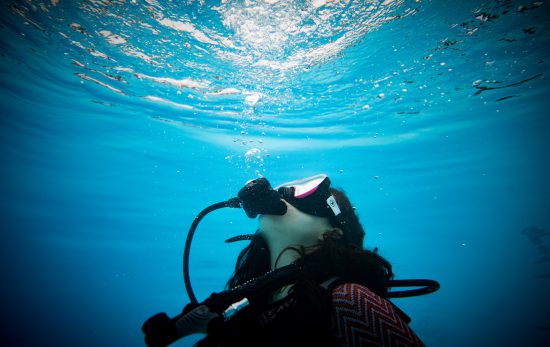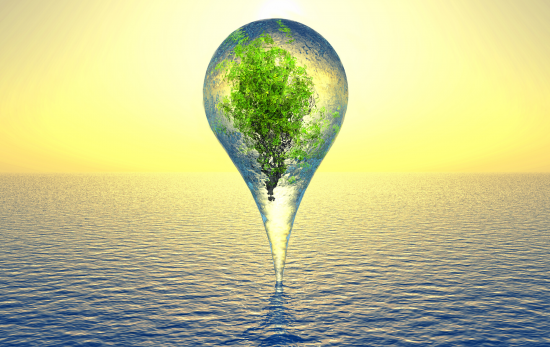How do we make sustainable seafood choices? Right now, 90% of the world’s fisheries have been fully exploited or overfished. Compounded by population growth, illegal fishing, habitat loss, climate change and plastic, we’re consuming seafood faster than the ocean can replenish itself. Unless things change, there’ll be no more fish by 2048.
But change isn’t as easy as boycotting seafood. Over 1 billion people, especially in developing countries, rely on fishing industries for diet, or to support economy and infrastructure. Instead, education, incentive and regulation will encourage a healthier future for fish stocks.
Individually, we can all make a difference by opting for sustainable seafood at supermarkets and restaurants.

What makes seafood sustainable?
Whether it’s wild-caught or farmed: Almost half of all seafood is farmed (aquaculture), but while this fulfils demand, it poses risks such as pesticides or foreign species escaping. Support certified-organic farms to help minimise this impact.
Where it’s from: For example, after Canadian fisheries collapsed in the 1990s, North Sea and Atlantic cod is now red-listed, but cod from Iceland, Northeast Atlantic and Eastern Baltic are still considered sustainable.
How it was caught: Trawling and dredging is destructive and, along with gillnets, seines and longlines, entrap countless other creatures including whales, dolphins and seabirds. This bycatch accounts for 20-25% of all sealife captured. Look for pole-and-line, a sustainable fishing method with far less bycatch.
Seafood to eat (and avoid)
Guidance for many species, like cod, salmon, prawns, anchovies and squid, can vary widely depending on how and where they’re sourced.

A few fish to avoid (orange or red-listed) include:
Bluefin tuna: a sushi favourite; some species have declined 83% since 1950
Wild sturgeon: used for their eggs (caviar); 16 of 27 species are now threatened
Sharks, skates and rays: most are CITES listed, with 25% of species threatened with extinction
Wild halibut: the largest of all flatfish, they’re now an endangered species
European eel: farming uses wild stocks, which are IUCN red-listed as critically endangered
Also steer clear of marlin, octopus, chilean seabass and orange roughy, as well as ’white fish’ which could be anything. Instead, choose green-listed options, like farmed mussels, skipjack tuna (pole-and-line caught), and rainbow trout from certified-organic farms.
Find out more

Individual species’ ratings are listed in guides such as SeafoodWatch, TheGoodFishGuide, and GoodFish. Also look for Marine Stewardship Council (MSC) and Aquaculture Stewardship Council (ASC) labels, which certify products from responsibly managed fisheries and farms. Don’t forget to check for updates, as ratings will change as fish populations recover or decline.
Want to learn more about sustainable fishing? Check out acclaimed documentary End of the Line, or sign up to the Project AWARE Specialist course.


